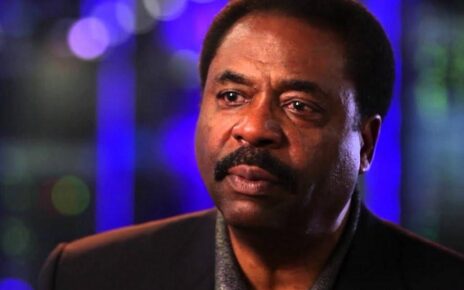Edward Joseph Dwight Jr., who was the first African American to enter the U.S. Air Force training program from which NASA selected astronauts, was born on September 9, 1933 in Kansas City, Kansas. He almost became the first African American to travel to outerspace, but it didn’t quite happen that way.
From a young age, he showed a particular interest in art and a early passion in flying and airplanes. Eventually his achievements and skills in art led to a scholarship offer from the Kansas Art Institute. However, he did not continue his studies in arts because his father insisted that he become an engineer to make more money.
So, in 1953, Dwight earned a Associate’s degree in Engineering from Kansas City Junior College, and that same year, he enlisted in the Air Force. In 1957, Dwight graduated from Arizona State University with a degree in Aeronautical Engineering. His engineering background and extensive training allowed him to accumulate over 9,000 hours of flight time, which opened the door for him to enter the test pilot school at Edwards Airforce Base in Kern County, California.
During that time, the United States government wanted to show the world that they were the most progressive country technologically and the White House wanted their astronauts to be perceived as national heroes that would represent the country’s diversity.
The Kennedy Administration knew that a Black astronaut would be an inspiring display of opportunity for African Americans across the country. They wanted Dwight to be the one to make history, but he was met with a lot of disapproval and prejudice from other NASA officials and astronauts.
The head of his flight test school even went as far as claiming that Dwight was only admitted because of preferential treatment. He even insited that Dwight only passed the first portion of the course with special assistance from instructors.
All of this hurt Dwight’s chances of becoming America’s first Black astronaut. But he was not discouraged; He officially applied to be a NASA astronaut in 1963, and was one of 26 people recommended by the U.S. Air Force. But in total, 136 people applied for that mission, and only 14 were selected. Sadly, Dwight was not one of them.
When President Kennedy was assassinated later that year, Dwight no longer had anyone of significant power and influence on his side. In fact, no African Americans would fly in space until twenty years later when Guion “Guy” Bluford flew aboard the Challenger in 1983 under the Reagan Administration.
Meanwhile Dwight retired from the Air Force in 1966 and returned to art. He went on to design monuments and sculptures all around the world for more than 40 years.










